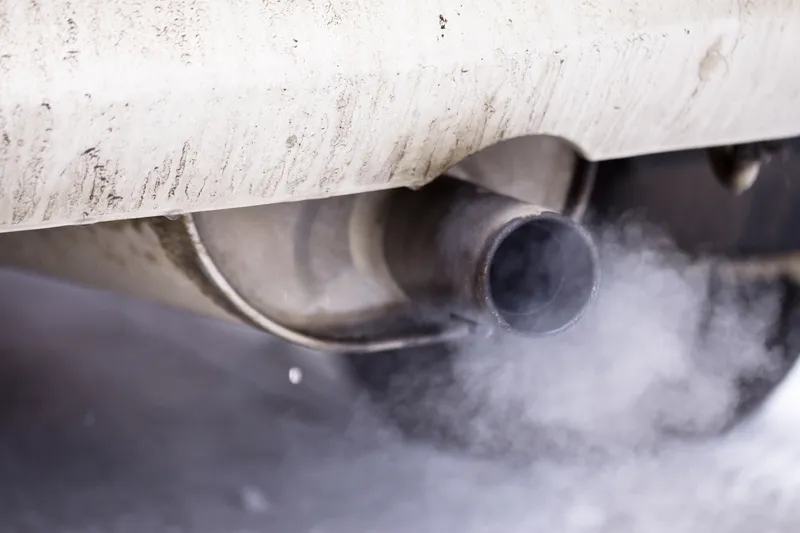Hot on the heels of the announcement of California Governor Jerry Brown’s Executive Order to reduce carbon dioxide (CO2) emissions in the state to 40 per cent below 1990 levels by 2030 comes the news that the Los Angeles Metropolitan Transportation Authority (LA Metro) has taken delivery of its first five battery electric transit buses.
These 40-foot buses are built by local Southern California Electric Vehicle manufacturer BYD Motors and will be integrated into their daily operations, as the buses are
May 1, 2015
Read time: 2 mins
Hot on the heels of the announcement of California Governor Jerry Brown’s Executive Order to reduce carbon dioxide (CO2) emissions in the state to 40 per cent below 1990 levels by 2030 comes the news that the Los Angeles 1267 Metropolitan Transportation Authority (LA Metro) has taken delivery of its first five battery electric transit buses.
These 40-foot buses are built by local Southern California Electric Vehicle manufacturer BYD Motors and will be integrated into their daily operations, as the buses are capable of driving more than 155 miles on a single charge.
LA Metro, said to the US’ first clean-air fleet with its conversion to compressed natural gas (CNG) transit buses, is now also the first major transit property in the US to begin electrifying their fleet with truly zero-emissions buses.
The BYD electric bus delivers a host of operational and environmental benefits for public transit riders, bus operators and residents of the community – it is very quiet and ensures a comfortable ride without vibrations, jerks or the noise associated with the conventional buses and combustion engines. The bus can also drive for more than 155 miles even in heavy city traffic on a single charge.
Los Angeles Metro will test the first five electric buses on various routes around the city to evaluate their optimal route profiles. There are still 20 more electric buses left on Metro's contract with BYD Motors, and if all goes well, the city hopes to see more electric buses on the streets soon.
These 40-foot buses are built by local Southern California Electric Vehicle manufacturer BYD Motors and will be integrated into their daily operations, as the buses are capable of driving more than 155 miles on a single charge.
LA Metro, said to the US’ first clean-air fleet with its conversion to compressed natural gas (CNG) transit buses, is now also the first major transit property in the US to begin electrifying their fleet with truly zero-emissions buses.
The BYD electric bus delivers a host of operational and environmental benefits for public transit riders, bus operators and residents of the community – it is very quiet and ensures a comfortable ride without vibrations, jerks or the noise associated with the conventional buses and combustion engines. The bus can also drive for more than 155 miles even in heavy city traffic on a single charge.
Los Angeles Metro will test the first five electric buses on various routes around the city to evaluate their optimal route profiles. There are still 20 more electric buses left on Metro's contract with BYD Motors, and if all goes well, the city hopes to see more electric buses on the streets soon.








